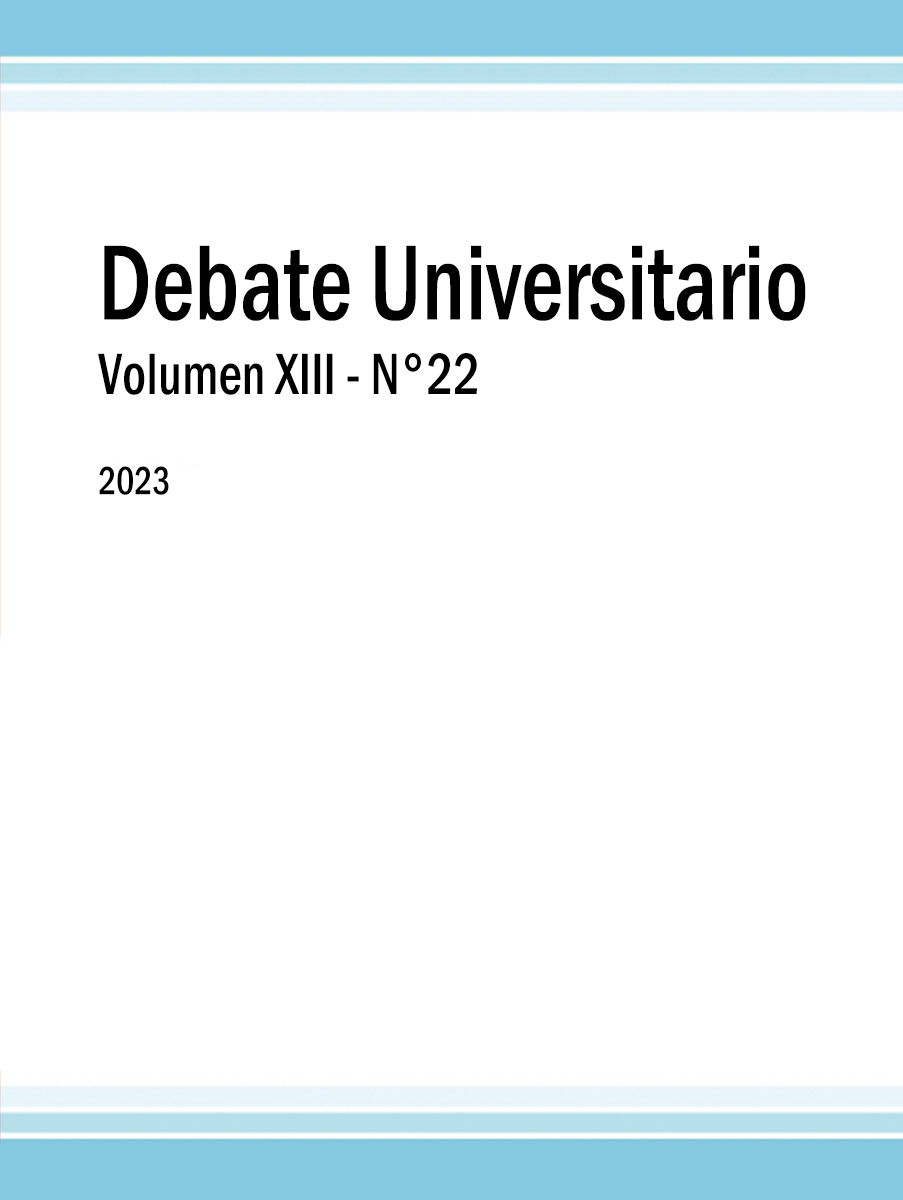¿Presencialidad o Virtualidad? Factores que modulan la elección de la modalidad de clases en los estudiantes universitarios
DOI:
https://doi.org/10.59471/debate202344Palabras clave:
personalidad, virtualidad, pandemia, estudiantes universitarios, presencialidadResumen
A partir de la declaración de situación de pandemia por la OMS a comienzo del año 2020, a causa del COVID-19, uno de los ámbitos afectados fue el educacional. Debido a esta situación, se implementó una nueva modalidad de enseñanza, la virtualidad. Habiendo transcurrido un año o más de la implementación de esta nueva forma de dictar clases, se buscó explorar si los factores de personalidad y que otros factores pueden influir en la elección de la modalidad de los estudiantes universitarios en la actualidad, virtual, presencial o semipresencial. Se encuestó a 314 estudiantes de forma virtual, por un Google Forms, conformado por un cuestionario sociodemográfico Ad hoc y el AEP, para evaluar los 5 factores de personalidad. Los resultados obtenidos no demostraron la existencia de una asociación entre las modalidades y los 5 factores de personalidad, sino que la edad, la cantidad de horas de trabajo y la necesidad de prácticas en forma presencial fueron las variables que mayor asociación tuvieron con las modalidades. Demostrando que la variabilidad entre la elección de una modalidad sobre la otra tiene una mayor relación con variables sociodemográficas que de personalidad. A su vez, se observó que la modalidad semipresencial tuvo una mayor predilección de los estudiantes universitarios, sobre las otras dos, en las distintas variables evaluadas. Por lo tanto, es relevante que las universidades puedan comprender y adaptar sus planes de estudio a esta nueva realidad, con el objetivo de facilitar y promover esta nueva forma de estudio y enseñanza
Descargas
Descargas
Publicado
Número
Sección
Licencia
Derechos de autor 2023 Florencia Carolina Basso, Ángel Elgier, Lucas G. Gago Galvagno (Autor/a)

Esta obra está bajo una licencia internacional Creative Commons Atribución 4.0.










